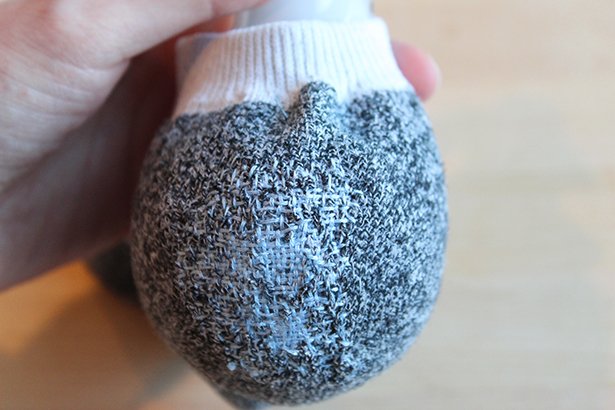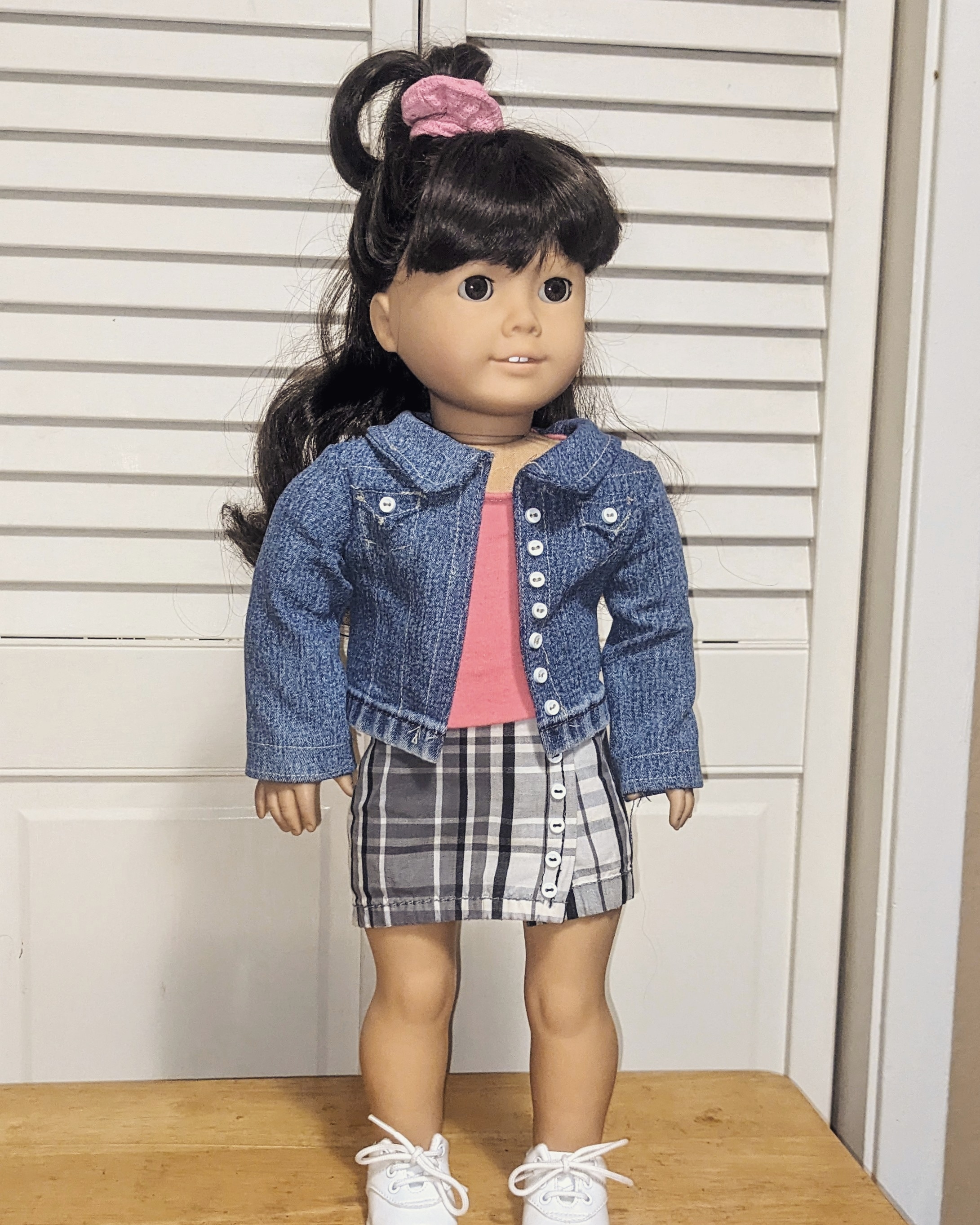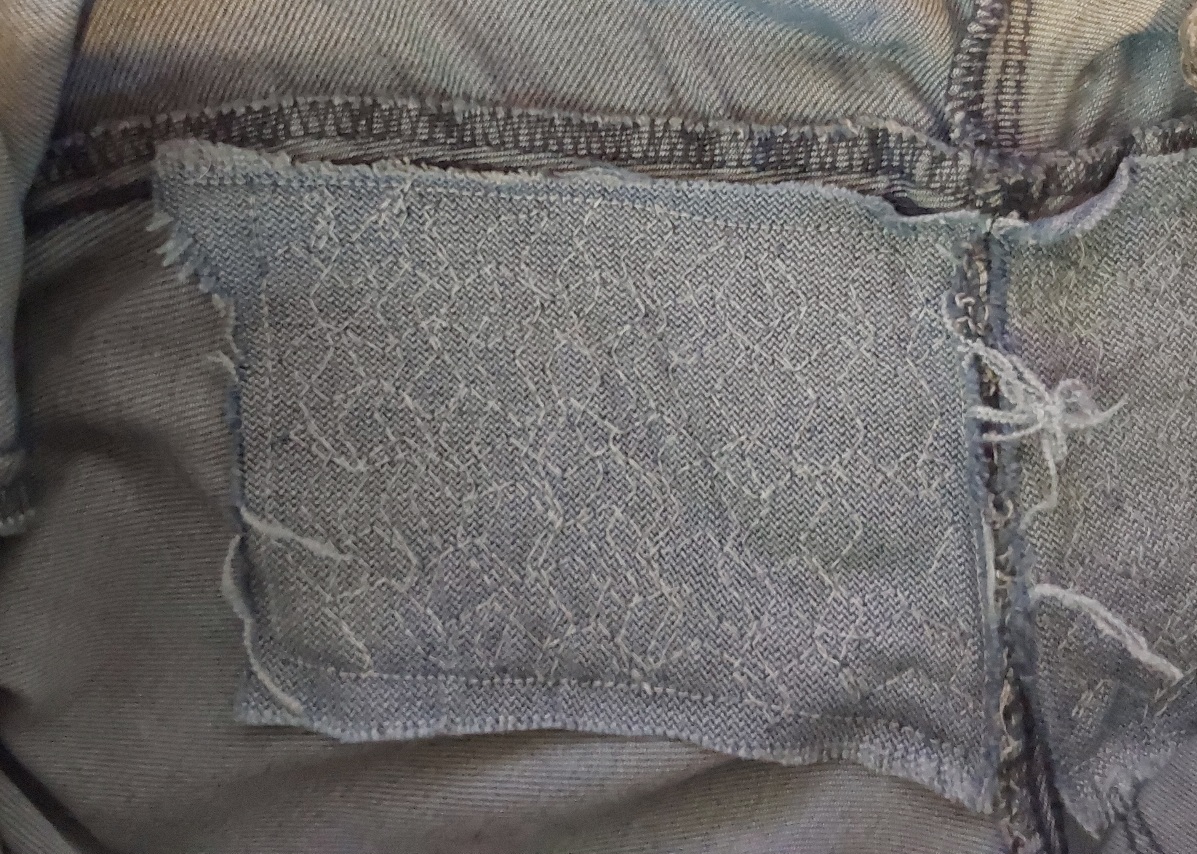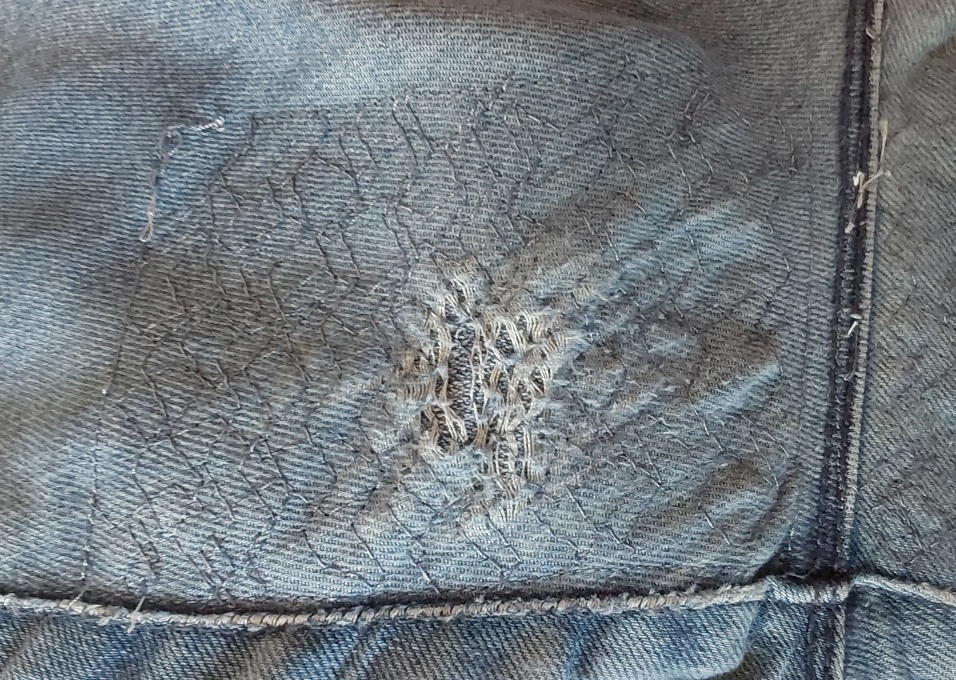Sewing, Repairing and Reducing Waste
1118 readers
1 users here now
A place to share ideas, knowledge and creations with textiles. The focus is on reducing waste, whether that be sewing from the scraps left from other projects, using the end of rolls and remnants, or repairing and remaking finished pieces.
founded 1 year ago
MODERATORS
26
27
28
29
30
31
32
33
34





